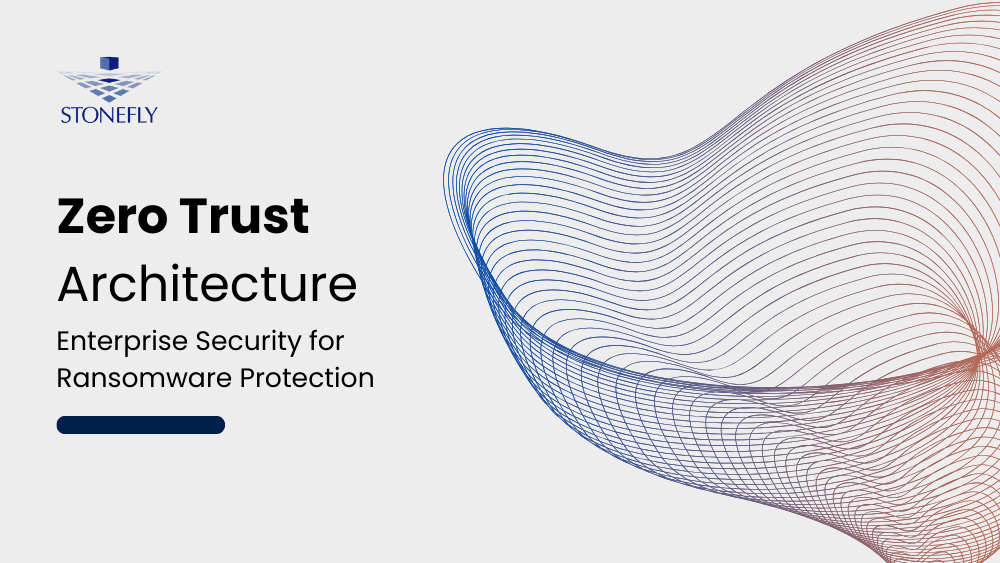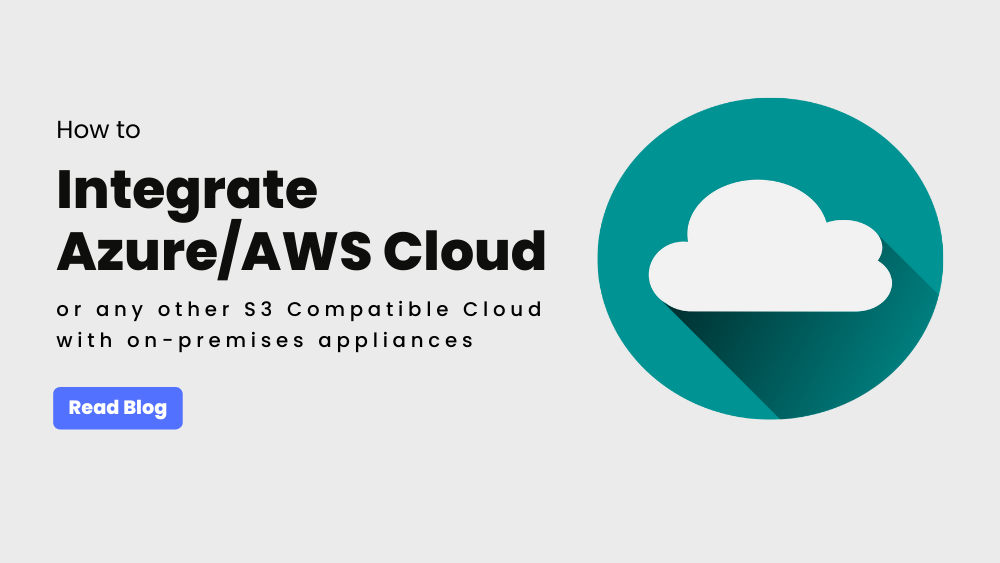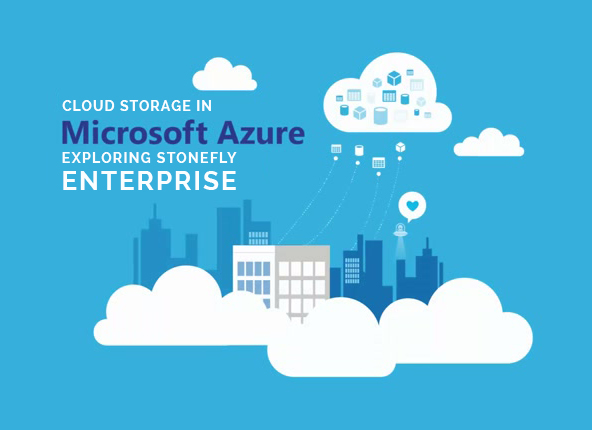We need to think about the storage needs for our application and how to manage all that data. And we need to think about scale. How are we going to scale to our many users who are geographically distributed? There are two things about this list we just made, 1) everyone has to deal with it no matter what they’re building. It’s not just you, 2) none of this had anything to do with what we wanted to build – Our application.
Microsoft Azure Cloud
Well what if there was a different way. What if there was something that would take care of all those other things for us. All the operating systems, the networking, the storage, the scale and let us worry about that one thing we cared about – our application. Well with something like that we could build our application faster and we could keep our users happy. This is the idea behind Microsoft azure Cloud Storage.
Microsoft azure is Microsoft’s cloud computing platform. That means that it’s designed to be a place to run your application at scale out on the internet, but it’s so much more. Microsoft azure Cloud takes an application centric view of cloud computing.
This means that it manages the entire life cycle of your application. From that initial design development and testing of your application to deploying to the cloud with a touch of a button, to monitoring and scaling that application when it’s running out on the internet.
StoneFly Cloud Storage in Microsoft Azure
Microsoft Azure Cloud helps you to understand your application and analyze it so that you can build a better version and deploy that to the cloud without incurring any downtime. StoneFly Cloud Storage with scale out NAS allows you to scale out as your business grows, paying no any massive upfront costs. It allows you to bypass Microsoft Azure’s 1 TB file size limit.
With StoneFly Cloud Storage in Microsoft Azure, you can manage multiple Cloud Storage nodes with just a single user interface. Each time the StoneFly Cloud Storage is scaled out, it adds more throughput, more concurrency and more capacity.
We encourage you to visit StoneFly Cloud Storage page. There you will find a lot of content that will help you get started.










